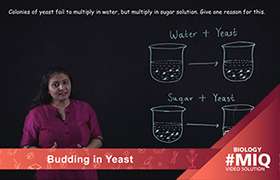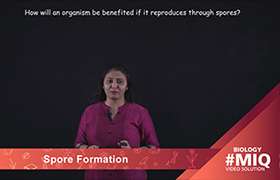ICSE Class 8 Answered
Natural Vegetative Propagation
|
PROPAGULES |
DESCRIPTION |
EXAMPLES |
|
Rhizome
|
|
Ginger, turmeric etc. |
|
Stem tuber
|
|
Potato, artichoke etc. |
|
Corm
|
|
Crocus, gladiolus etc.
|
|
Bulb
|
|
Mint, pear, banana etc. |
|
Runners
|
|
Strawberry, creeping grass, Desmodium etc. |
|
Offsets
|
|
Houseleek (Pistia), Eichhornia etc. |
|
Stolon
|
|
Blackberry, fern etc.
|
|
Root tubers
|
|
Dahlia, sweet potato etc. |
|
Leaf buds |
|
Dahlia, sweet potato etc. |
|
Bulbils |
|
Yam etc. |
Artificial Vegetative Propagation
|
METHOD |
EXAMPLES |
|
Cutting is removing a portion of the stem and fixing it into the soil to allow the growth of roots and shoots.
|
Stem cutting: Rose, Bougainvillea, etc. Root cutting: Lemon, tamarind etc. |
|
Grafting is joining a part (stem or bud) of a living plant to another, causing it to grow as a part of another plant. |
Sapota, mango, guava, apple, orange, peach, rose etc. |
Types of grafting
1.Approach grafting
2.Cleft grafting
3.Tongue grafting/whip grafting
4.Bud grafting
|
Layering is a method in which a branch of the plant is covered with some material and supplied with water to produce roots. |
Hibiscus, jasmine, rose, Bougainvilleaetc. |
Types of layering
1.Air/aerial layering
2.Ground/mound layering






